Home>Storage & Organization>Kitchen Organizing Tools>What Is A Cat Litter Box
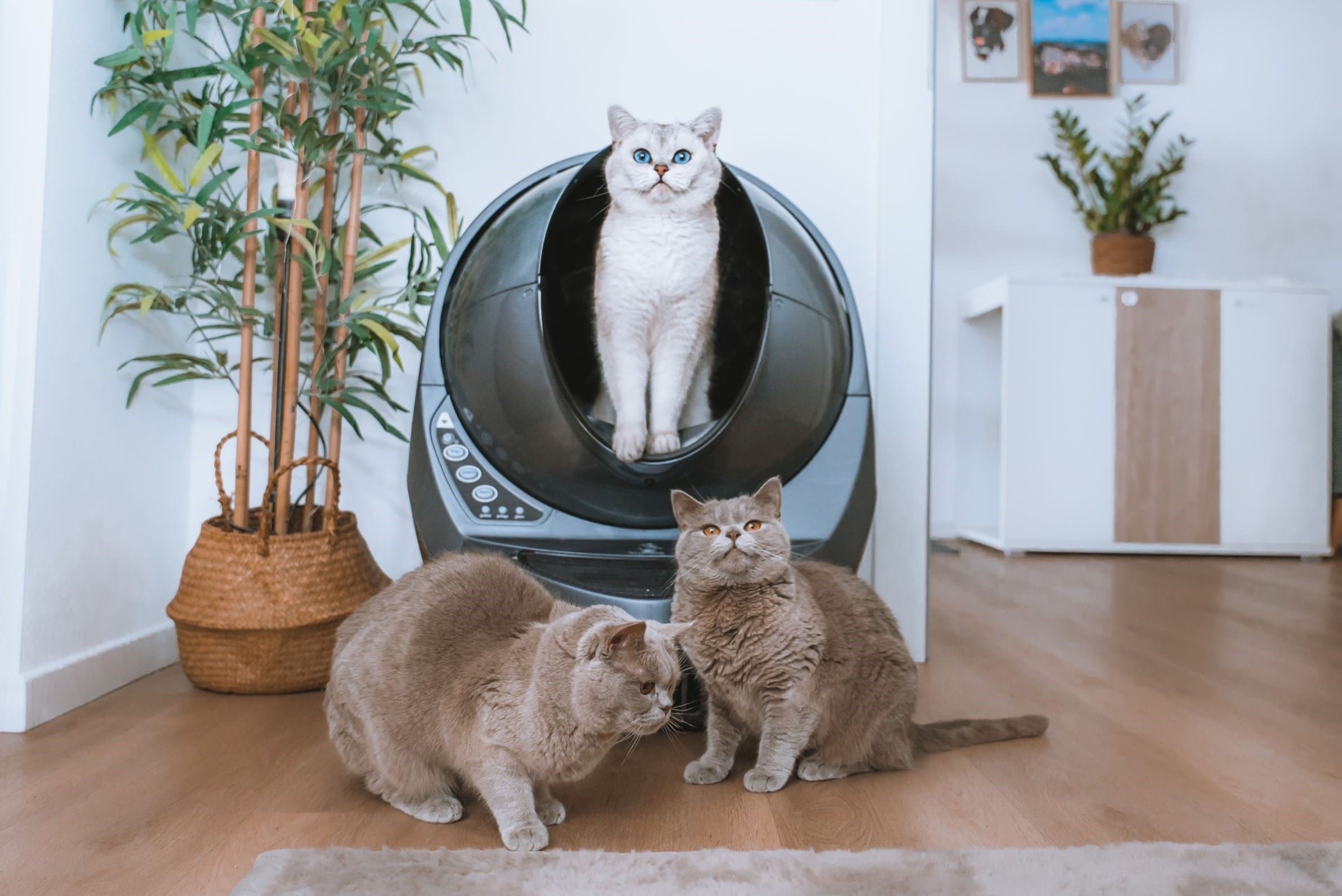

Kitchen Organizing Tools
What Is A Cat Litter Box
Modified: March 2, 2024
Discover the best kitchen organizing tools for a clutter-free space. Find the perfect cat litter box for your feline friend. Simplify your life with these essential products.
(Many of the links in this article redirect to a specific reviewed product. Your purchase of these products through affiliate links helps to generate commission for Storables.com, at no extra cost. Learn more)
Introduction
A cat litter box is an essential item for any household with feline companions. It serves as a designated area for cats to relieve themselves, providing a hygienic and convenient solution for both pets and their owners. The significance of a cat litter box extends beyond mere functionality, as it plays a crucial role in maintaining a clean and harmonious living environment for both humans and their beloved feline friends.
The presence of a cat litter box signifies a commitment to the well-being of our furry companions, acknowledging their natural instincts and providing them with a comfortable and private space to attend to their toileting needs. As such, understanding the purpose, types, and maintenance of cat litter boxes is paramount for any cat owner seeking to create a nurturing and sanitary environment for their pets.
In the following sections, we will delve into the multifaceted world of cat litter boxes, exploring their diverse types, the importance of selecting the right one, and the essential practices for upkeep. By gaining insight into these aspects, cat owners can ensure that their feline friends have a designated and inviting space for their essential activities, fostering a harmonious coexistence between pets and their human companions.
Key Takeaways:
- The cat litter box provides a private, hygienic, and convenient space for cats to relieve themselves, promoting a clean and harmonious living environment for both pets and their owners.
- Understanding cat preferences, size, and maintenance needs is essential for choosing the right litter box, ensuring a comfortable and inviting toileting environment for feline companions.
Read more: What Is The Largest Cat Litter Box Available
The Purpose of a Cat Litter Box
A cat litter box serves as a vital component of a feline-friendly household, fulfilling several essential purposes that cater to the natural instincts and well-being of our beloved pets. Understanding the significance of a cat litter box goes beyond its function as a mere receptacle for waste; it encompasses the provision of a safe, hygienic, and comfortable space for cats to attend to their toileting needs.
1. Providing a Designated Toileting Area:
The primary purpose of a cat litter box is to offer a designated area for cats to relieve themselves. This serves as a crucial aspect of maintaining a clean and organized living environment, as it directs the feline toileting activities to a specific location, preventing random or unsanitary eliminations throughout the home.
2. Catering to Feline Instincts:
Cats are inherently private creatures, and a litter box provides them with a secluded and secure space to attend to their toileting needs. This aligns with their natural instincts, as cats prefer to conduct their eliminations in a discreet and sheltered environment. By offering a dedicated litter box, cat owners respect their pets' innate behaviors and provide them with a sense of security during vulnerable moments.
3. Promoting Hygiene and Odor Control:
A well-maintained cat litter box plays a pivotal role in promoting hygiene within the household. By promptly removing waste and regularly cleaning the litter box, pet owners can effectively manage odors and minimize the risk of bacterial proliferation. This not only contributes to a pleasant living environment but also safeguards the health and well-being of both cats and their human companions.
4. Supporting Indoor Living Environments:
For indoor cats, a litter box is an indispensable resource that enables them to fulfill their toileting needs within the confines of the home. This is particularly significant for households without outdoor access, as it ensures that cats can comfortably and conveniently attend to their biological requirements without the need for outdoor excursions.
In essence, the purpose of a cat litter box transcends its functional role, encompassing the provision of a private, hygienic, and convenient space for cats to engage in their natural toileting behaviors. By recognizing and fulfilling these essential purposes, cat owners can create a nurturing and harmonious environment that caters to the well-being and comfort of their feline companions.
Types of Cat Litter Boxes
When it comes to cat litter boxes, the options are as diverse as the feline friends they cater to. Understanding the various types of cat litter boxes is essential for cat owners seeking to provide their pets with a suitable and inviting toileting environment. From traditional open boxes to innovative self-cleaning systems, the market offers a plethora of choices to accommodate different preferences and requirements. Here are some common types of cat litter boxes:
-
Open Litter Boxes:
Open litter boxes are the conventional choice, featuring a simple, open design that allows easy access for cats. These boxes are typically rectangular or square in shape and come in various sizes to accommodate different breeds and sizes of cats. While open litter boxes are straightforward and easy to clean, some cats may prefer more privacy, prompting owners to explore alternative options. -
Covered Litter Boxes:
Covered litter boxes, also known as hooded or enclosed litter boxes, feature a top cover or hood that provides cats with a secluded space for their toileting activities. The enclosed design helps contain odors and prevents litter scatter, offering cats a sense of privacy and security. However, it's important to ensure that the covered litter box is adequately ventilated to maintain air circulation and prevent the accumulation of odors. -
Self-Cleaning Litter Boxes:
Self-cleaning litter boxes represent a technological advancement in feline toileting solutions. These automated systems are equipped with sensors and mechanisms that detect and remove waste, minimizing the need for manual scooping. Self-cleaning litter boxes are particularly beneficial for busy pet owners or households with multiple cats, as they help maintain a consistently clean litter bed with minimal effort. -
Top-Entry Litter Boxes:
Top-entry litter boxes feature a unique design with an entry point located on the top of the box. This configuration helps contain litter scatter and prevents dogs or young children from accessing the litter bed. Additionally, top-entry litter boxes provide cats with a private and enclosed space for their toileting needs, catering to their natural inclination for seclusion. -
Disposable Litter Boxes:
Disposable litter boxes offer a convenient and hygienic solution for cat owners, especially during travel or temporary housing arrangements. These lightweight and biodegradable boxes can be used as standalone litter boxes or as liners for traditional litter boxes, providing a practical and eco-friendly option for managing feline waste.
By familiarizing themselves with the diverse types of cat litter boxes available, cat owners can make informed decisions based on their cats' preferences, household dynamics, and maintenance capabilities. Each type of litter box presents unique features and benefits, allowing pet owners to tailor their choice to best suit the needs and comfort of their feline companions.
Choosing the Right Cat Litter Box
Selecting the right cat litter box is a pivotal decision for cat owners, as it directly impacts the comfort, hygiene, and toileting experience of their feline companions. The diverse array of litter box options available in the market can be overwhelming, prompting pet owners to consider several factors when making this essential choice.
Considerations for Choosing the Right Cat Litter Box
1. Cat Preferences:
Understanding the preferences and behaviors of the cat is paramount when choosing a litter box. Some cats may favor open spaces, while others seek privacy and seclusion. Observing the cat's toileting habits and preferences can guide the selection process, ensuring that the chosen litter box aligns with the cat's comfort and needs.
2. Size and Accessibility:
The size of the litter box should accommodate the cat comfortably, allowing ample space for movement and posture adjustments. Additionally, elderly or arthritic cats may benefit from low-entry boxes that facilitate easy access. Considering the cat's size, age, and mobility ensures that the litter box is accessible and conducive to the cat's well-being.
3. Household Dynamics:
Households with multiple cats or other pets require litter boxes that cater to the dynamics of shared spaces. Choosing multi-cat litter boxes or strategically positioning individual boxes can mitigate territorial issues and promote harmonious toileting experiences for all pets.
4. Maintenance and Cleaning:
The maintenance requirements of the litter box play a significant role in the decision-making process. Self-cleaning litter boxes offer convenience and efficiency, while traditional boxes necessitate regular scooping and cleaning. Evaluating the owner's maintenance capabilities and preferences is crucial for selecting a litter box that aligns with their lifestyle.
5. Litter Type Compatibility:
Certain litter boxes are designed to accommodate specific types of cat litter, such as clumping, non-clumping, or silica-based litters. Ensuring compatibility between the chosen litter box and the preferred litter type is essential for optimizing odor control, absorbency, and overall effectiveness.
6. Ventilation and Odor Control:
Enclosed litter boxes provide enhanced odor control and privacy, but adequate ventilation is essential to prevent the accumulation of unpleasant odors. Considering the ventilation features of covered litter boxes ensures a well-ventilated environment for the cat while effectively managing odors within the household.
By carefully considering these factors, cat owners can make informed decisions when choosing the right litter box for their feline companions. Prioritizing the cat's comfort, hygiene, and individual needs fosters a positive toileting experience and contributes to a harmonious coexistence between pets and their human companions.
When choosing a cat litter box, consider the size and preferences of your cat. Some cats prefer covered boxes for privacy, while others prefer open ones. It’s important to keep the litter box clean and in a quiet, accessible location for your cat.
Read more: What Kind Of Litter Box Is Best For Cats
Maintaining a Cat Litter Box
Maintaining a cat litter box is a fundamental aspect of responsible pet ownership, ensuring a clean, hygienic, and inviting environment for feline companions. By implementing regular maintenance practices, cat owners can uphold the integrity of the litter box, mitigate odors, and promote the well-being of their pets. Here are essential guidelines for effectively maintaining a cat litter box:
-
Regular Scooping:
Regular scooping is paramount for keeping the litter box clean and minimizing odor accumulation. Daily removal of solid waste and soiled litter prevents bacterial growth and maintains a fresh environment for the cat. Additionally, promptly addressing waste accumulation demonstrates a commitment to the cat's comfort and hygiene. -
Litter Replacement:
Periodically replacing the entire litter bed is crucial for sustaining cleanliness and odor control. The frequency of litter replacement varies based on factors such as the type of litter used, the number of cats, and individual preferences. By adhering to a consistent schedule for litter replacement, cat owners can ensure a sanitary and appealing toileting space for their pets. -
Thorough Cleaning:
Regularly cleaning the litter box with mild, unscented soap and warm water helps prevent the buildup of residual waste and bacteria. Avoiding harsh chemicals and scented cleaners is essential, as cats are sensitive to strong odors and may be deterred from using the litter box. Thorough drying of the box after cleaning is equally important to prevent moisture retention, which can lead to bacterial growth and unpleasant odors. -
Litter Box Liners:
Utilizing liners in the litter box facilitates easier cleaning and replacement of the litter bed. Liners can help contain waste and prevent it from adhering to the bottom of the box, simplifying the maintenance process for cat owners. However, it is essential to select durable and tear-resistant liners to prevent leaks and spills. -
Odor Control Products:
Incorporating odor control products, such as baking soda or specialized litter additives, can effectively neutralize odors and maintain a fresh environment. These products work in tandem with regular cleaning and scooping practices to minimize odors and create a pleasant atmosphere within the household. -
Monitoring Litter Depth:
Maintaining an appropriate litter depth is essential for ensuring the comfort and functionality of the litter box. Adequate litter depth allows for effective waste absorption and odor control while providing a comfortable surface for the cat to engage in its toileting activities.
By adhering to these maintenance practices, cat owners can uphold the cleanliness and functionality of the litter box, promoting a positive toileting experience for their feline companions. Consistent maintenance not only benefits the cat but also contributes to a harmonious and hygienic living environment for all household occupants.
Common Issues with Cat Litter Boxes
Despite their essential role in providing a designated toileting space for cats, cat litter boxes can present various challenges that impact both feline companions and their owners. Understanding and addressing these common issues is crucial for maintaining a harmonious and hygienic living environment. Here are some prevalent issues associated with cat litter boxes:
-
Litter Box Aversion: Some cats may develop aversions to their litter boxes, leading to inappropriate elimination behaviors. This aversion can stem from factors such as inadequate cleanliness, unsuitable litter type, or the box's location. Addressing litter box aversion requires identifying and rectifying the underlying causes, which may involve adjusting cleaning routines, experimenting with different litter types, or relocating the litter box to a more favorable area.
-
Litter Scatter: Litter scatter, characterized by the dispersion of litter outside the box, is a common issue that contributes to household mess and hygiene concerns. Cats may track litter particles on their paws, leading to scattered debris around the box. Utilizing litter mats or selecting top-entry litter boxes can help contain scatter, minimizing the impact of this issue on household cleanliness.
-
Odor Accumulation: Inadequate odor control within the litter box can result in unpleasant household odors, compromising the living environment. Regular scooping, litter replacement, and the use of odor-neutralizing products are essential for managing odor accumulation. Additionally, ensuring proper ventilation in covered litter boxes mitigates the buildup of unpleasant odors.
-
Territorial Conflicts: In multi-cat households, territorial conflicts may arise concerning litter box access and usage. Cats are inherently territorial animals, and disputes over litter box territory can lead to stress and inappropriate elimination. Providing multiple litter boxes in different locations and ensuring they are strategically positioned can alleviate territorial conflicts and promote peaceful coexistence among feline companions.
-
Inadequate Box Size: Litter boxes that are too small or restrictive may deter cats from using them comfortably. Cats require sufficient space to maneuver and assume natural postures while toileting. Selecting appropriately sized litter boxes that accommodate the cat's size and mobility is essential for fostering a positive toileting experience.
-
Lack of Privacy: Cats value privacy during their toileting activities, and a lack of seclusion in the litter box can lead to discomfort and aversion. Covered or top-entry litter boxes provide the privacy and security that cats seek, addressing their innate need for a secluded toileting space.
By acknowledging and proactively addressing these common issues, cat owners can optimize the functionality and appeal of cat litter boxes, creating a conducive environment for their feline companions. Implementing practical solutions and considering the individual needs of cats can mitigate these challenges, fostering a positive and hygienic toileting experience for both pets and their human caretakers.
Conclusion
In conclusion, the cat litter box stands as a cornerstone of feline care and household hygiene, serving as a vital resource for accommodating the toileting needs of our beloved feline companions. By providing a designated space for cats to relieve themselves, the litter box not only promotes cleanliness and odor control but also aligns with the natural instincts and preferences of our feline friends.
The diverse array of cat litter box options, ranging from open and covered designs to self-cleaning and disposable solutions, offers cat owners the flexibility to cater to their pets' individual needs and household dynamics. Understanding the importance of selecting the right litter box, considering factors such as cat preferences, size, and maintenance requirements, empowers pet owners to create a comfortable and inviting toileting environment for their cats.
Effective maintenance practices, including regular scooping, litter replacement, and thorough cleaning, are essential for upholding the cleanliness and functionality of the litter box. By addressing common issues such as litter box aversion, scatter, and odor accumulation, cat owners can mitigate challenges and foster a harmonious coexistence between pets and their human companions.
Ultimately, the cat litter box embodies a commitment to the well-being and comfort of our feline companions, acknowledging their innate behaviors and providing them with a hygienic and private space to engage in their essential toileting activities. By recognizing the multifaceted role of the litter box and implementing best practices in its selection and maintenance, cat owners can create a nurturing and harmonious environment that prioritizes the health, comfort, and happiness of their beloved cats.
Frequently Asked Questions about What Is A Cat Litter Box
Was this page helpful?
At Storables.com, we guarantee accurate and reliable information. Our content, validated by Expert Board Contributors, is crafted following stringent Editorial Policies. We're committed to providing you with well-researched, expert-backed insights for all your informational needs.
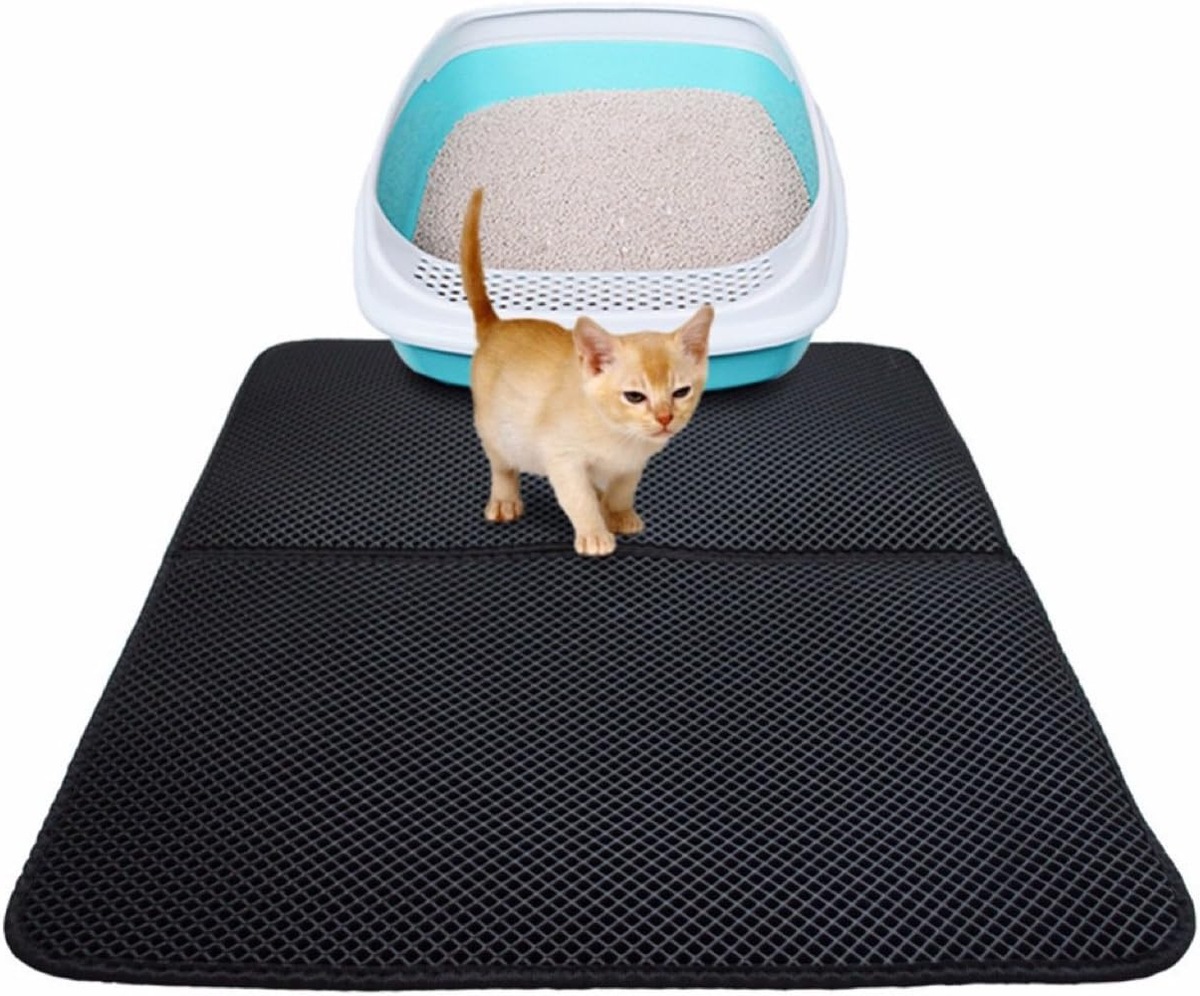
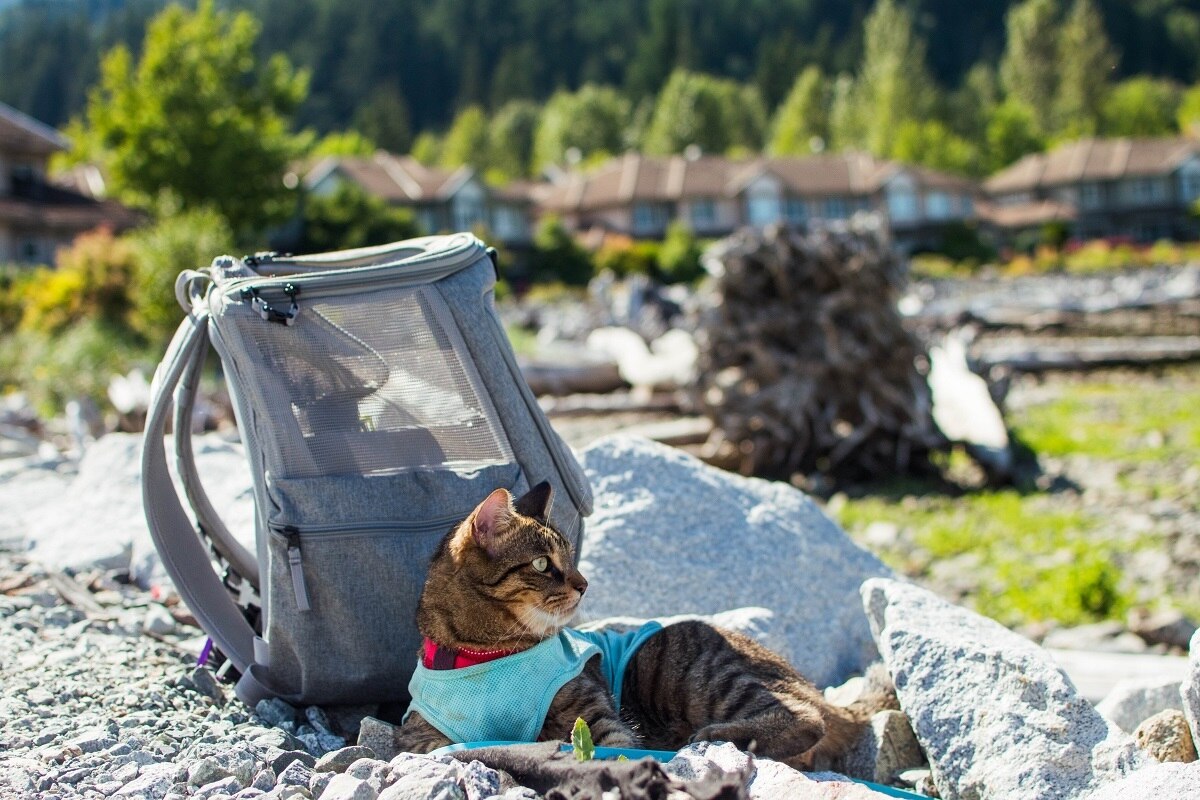
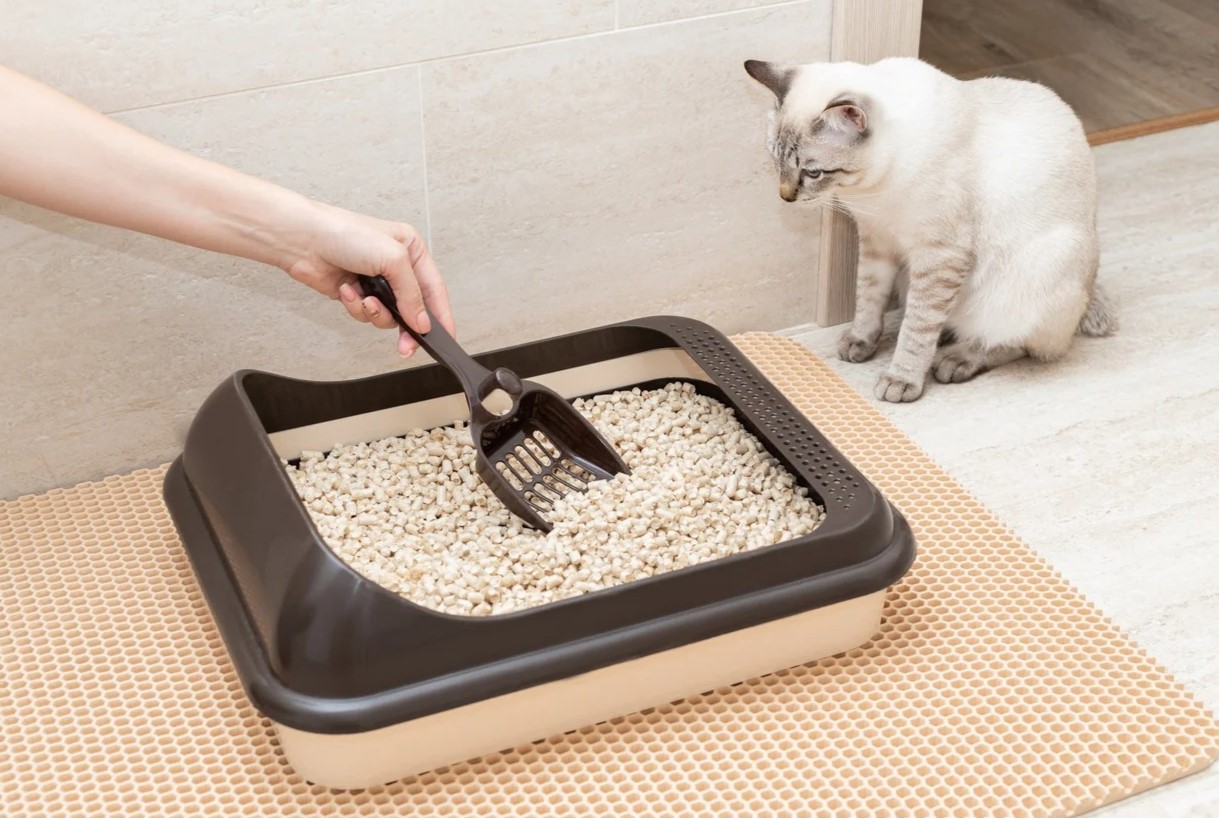
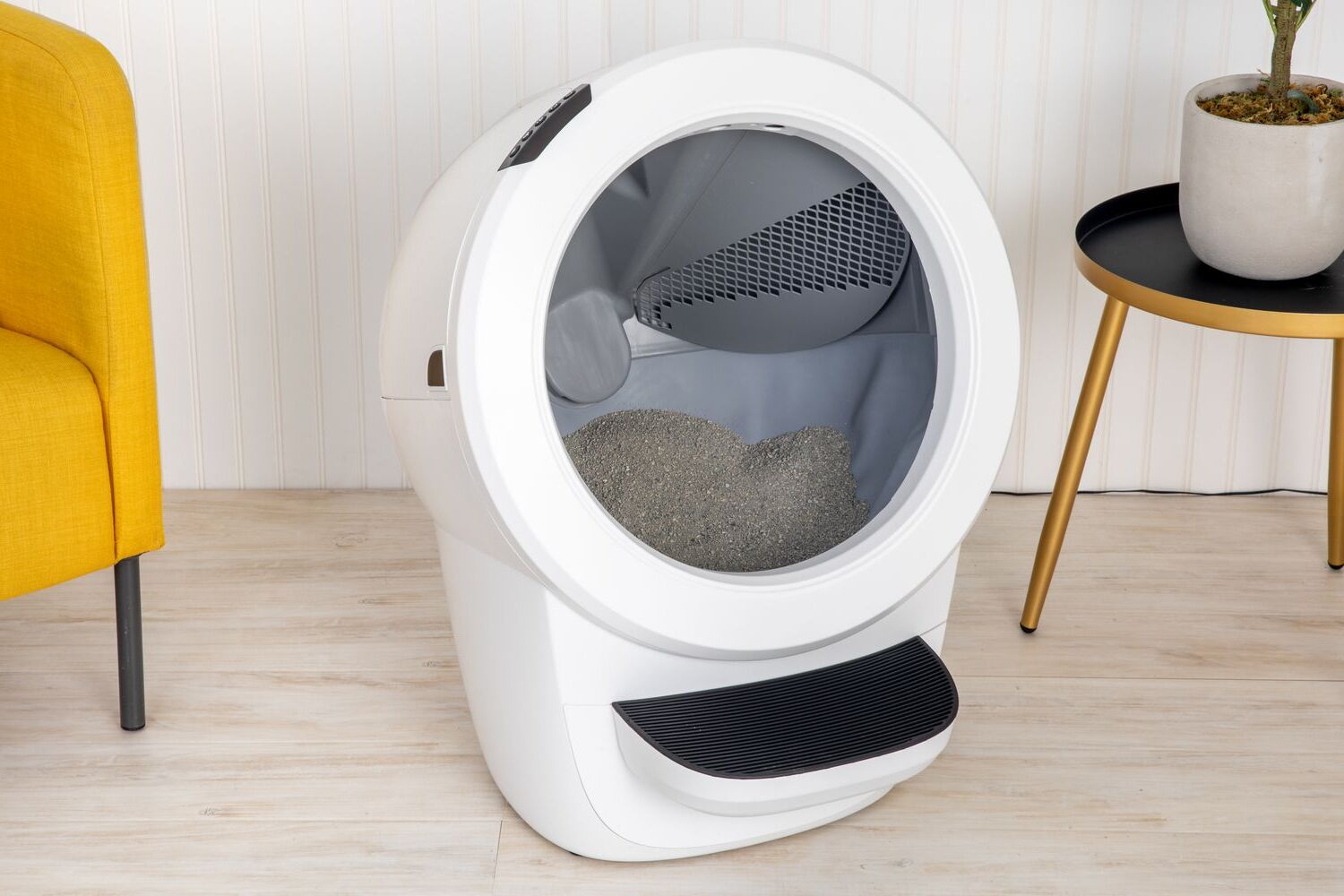
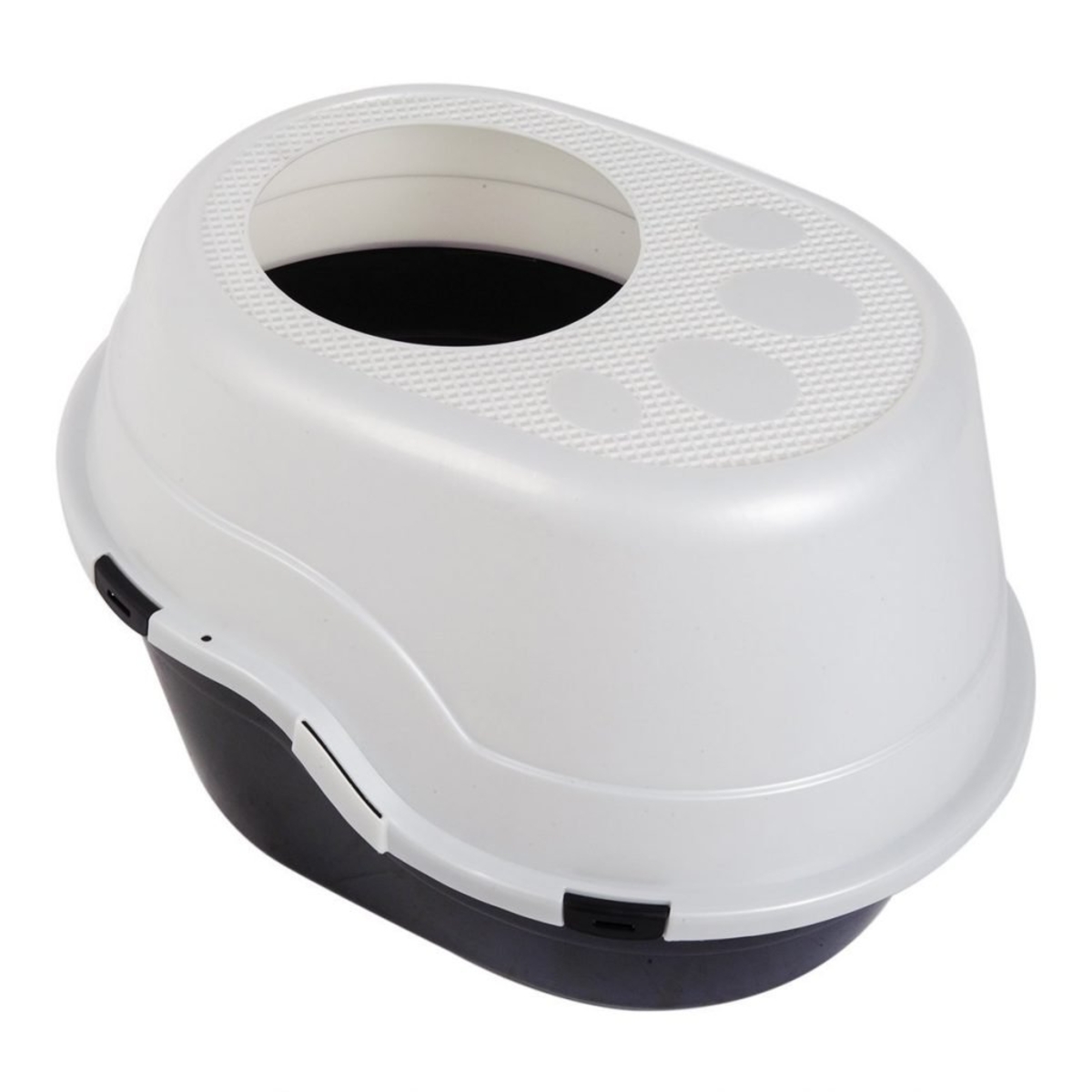
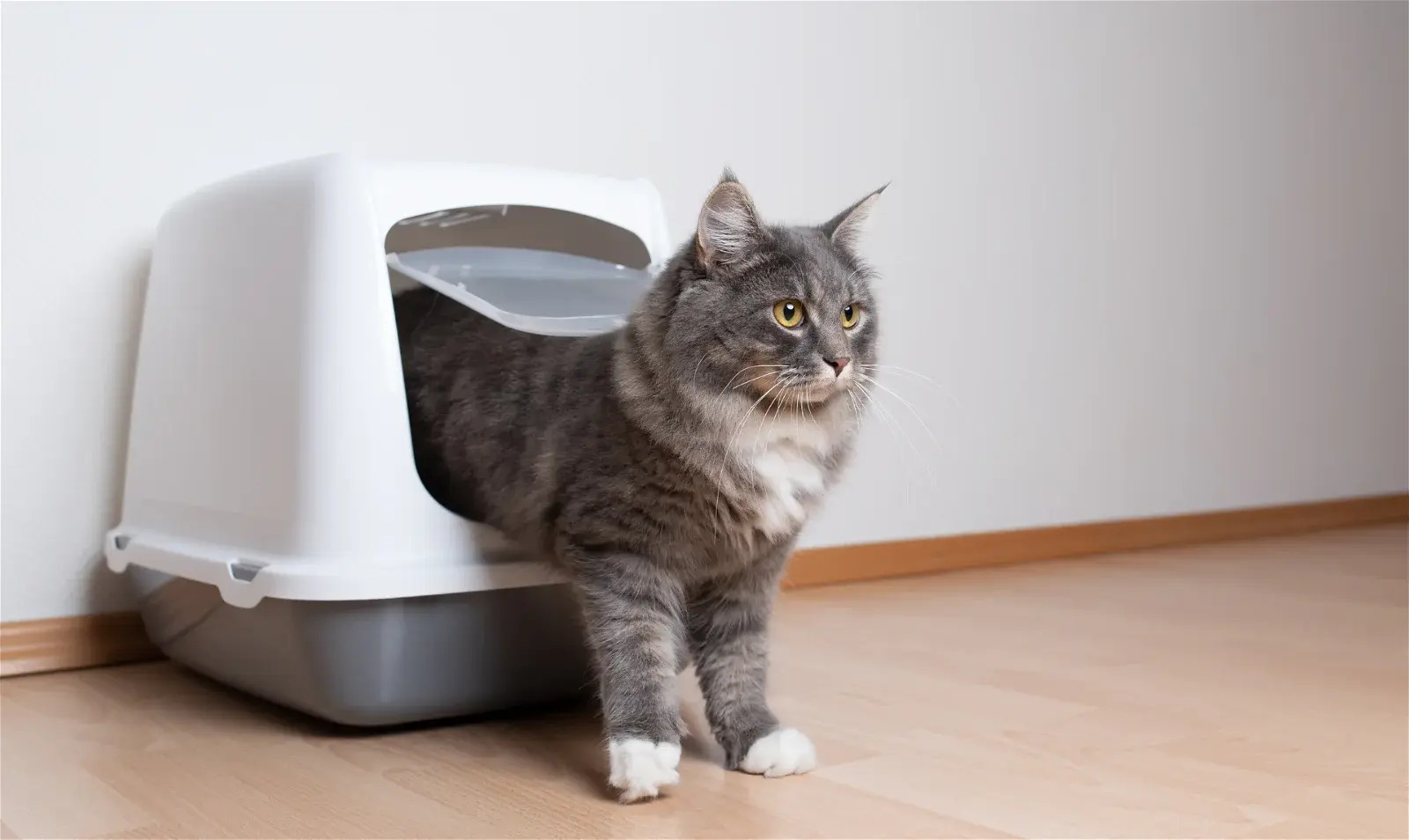
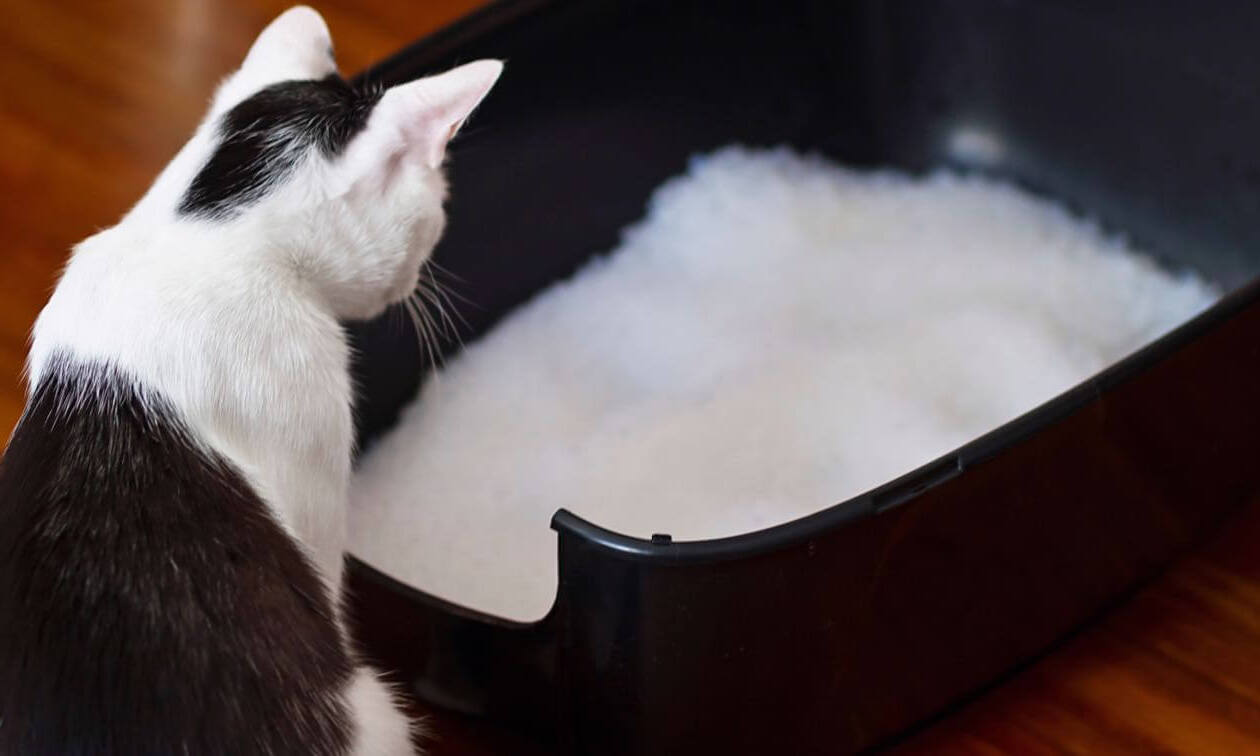
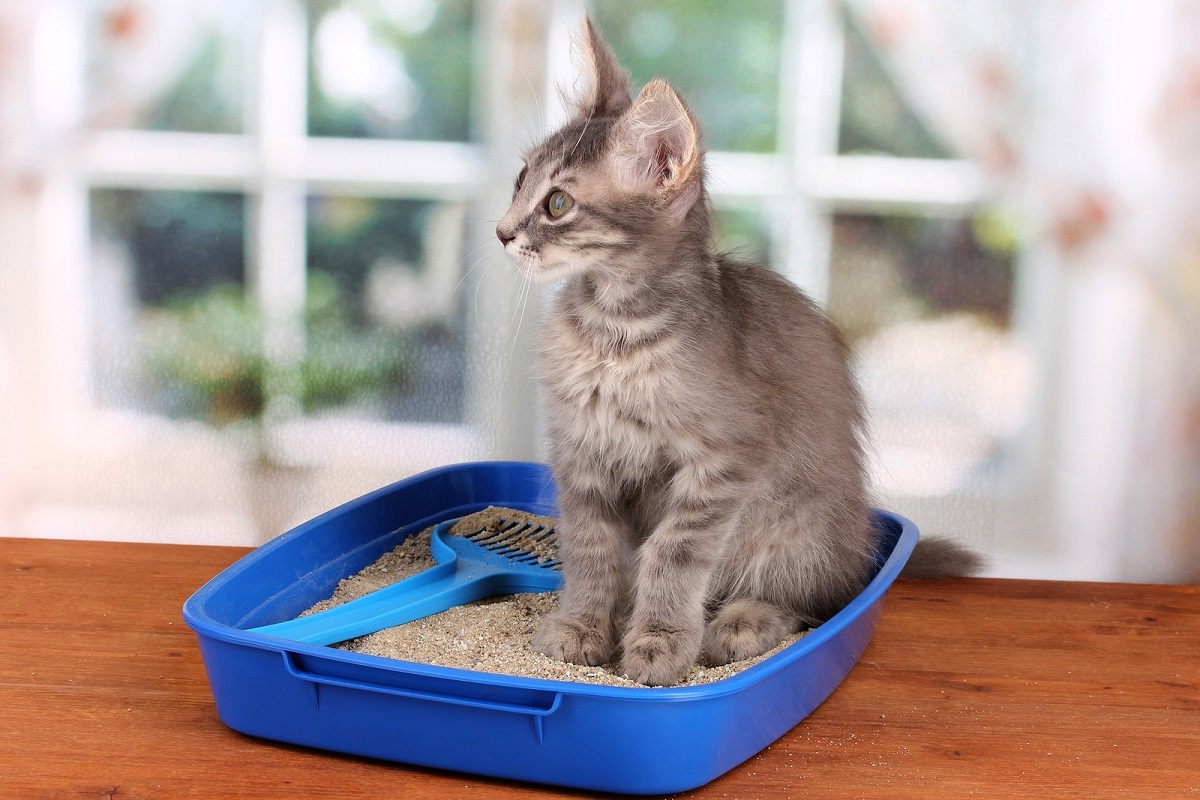
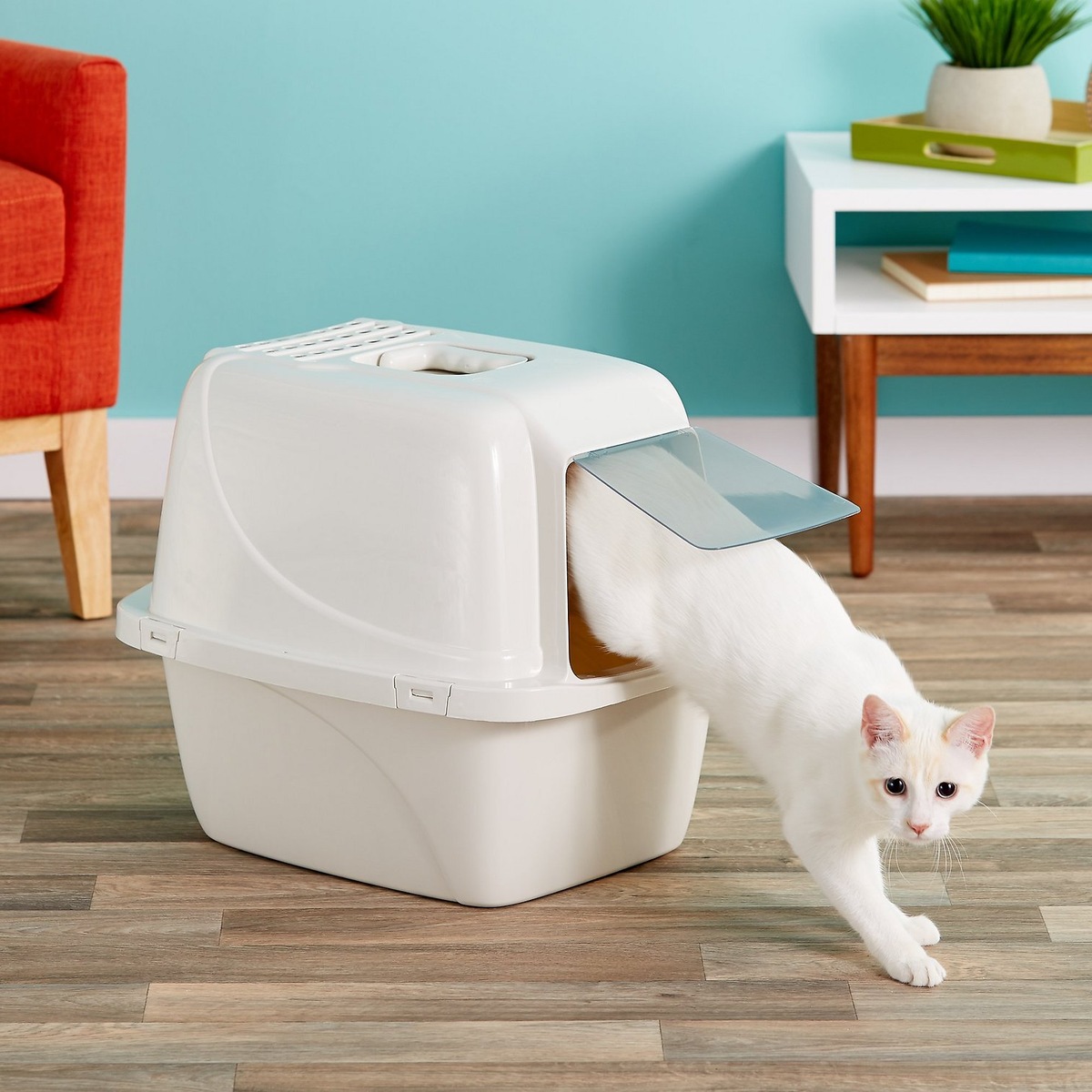
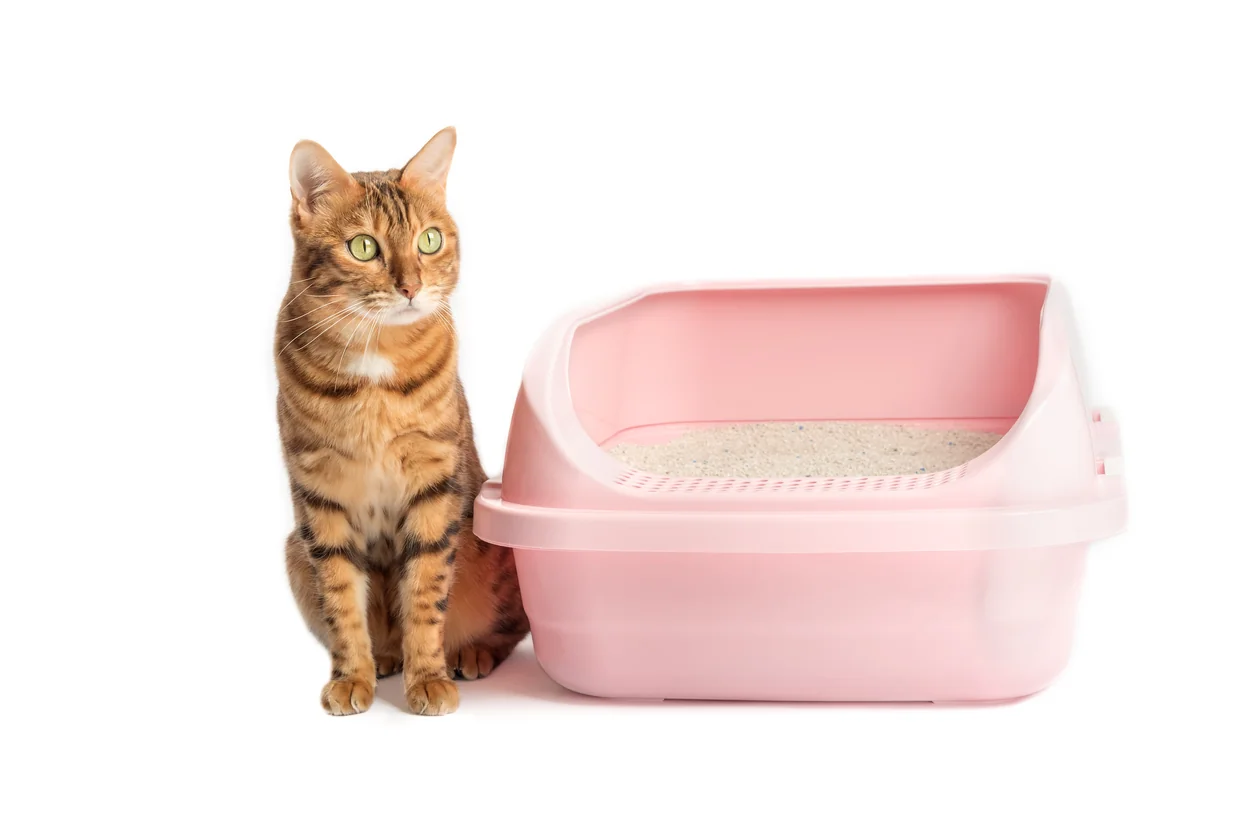
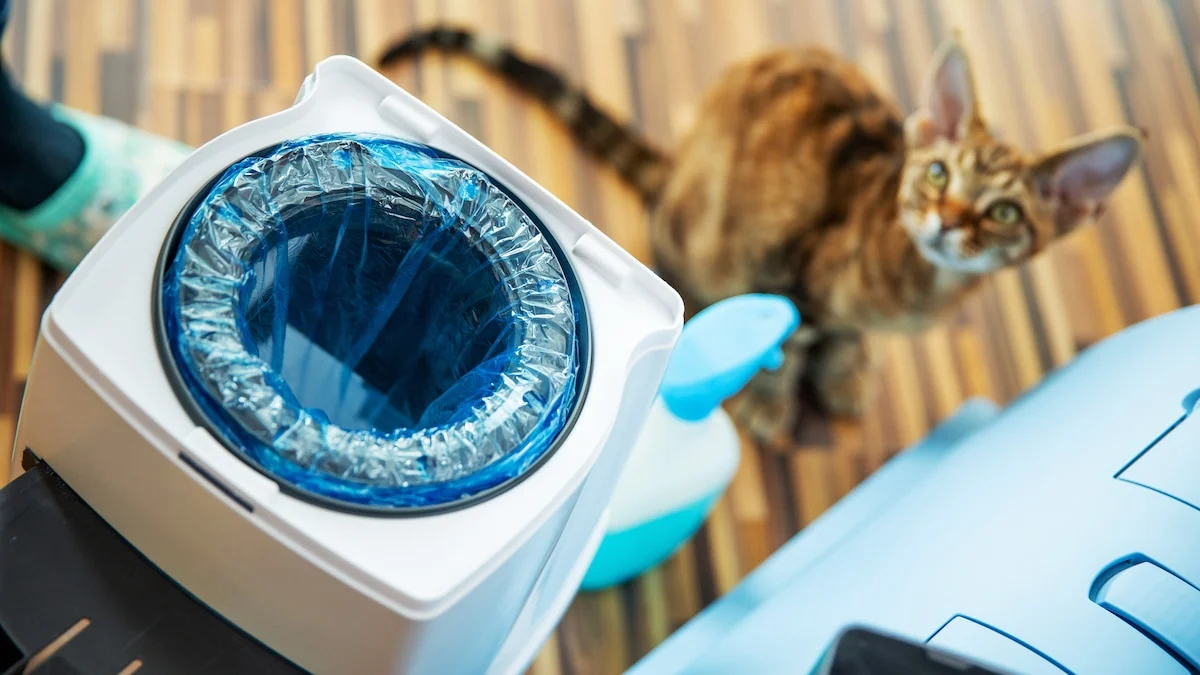
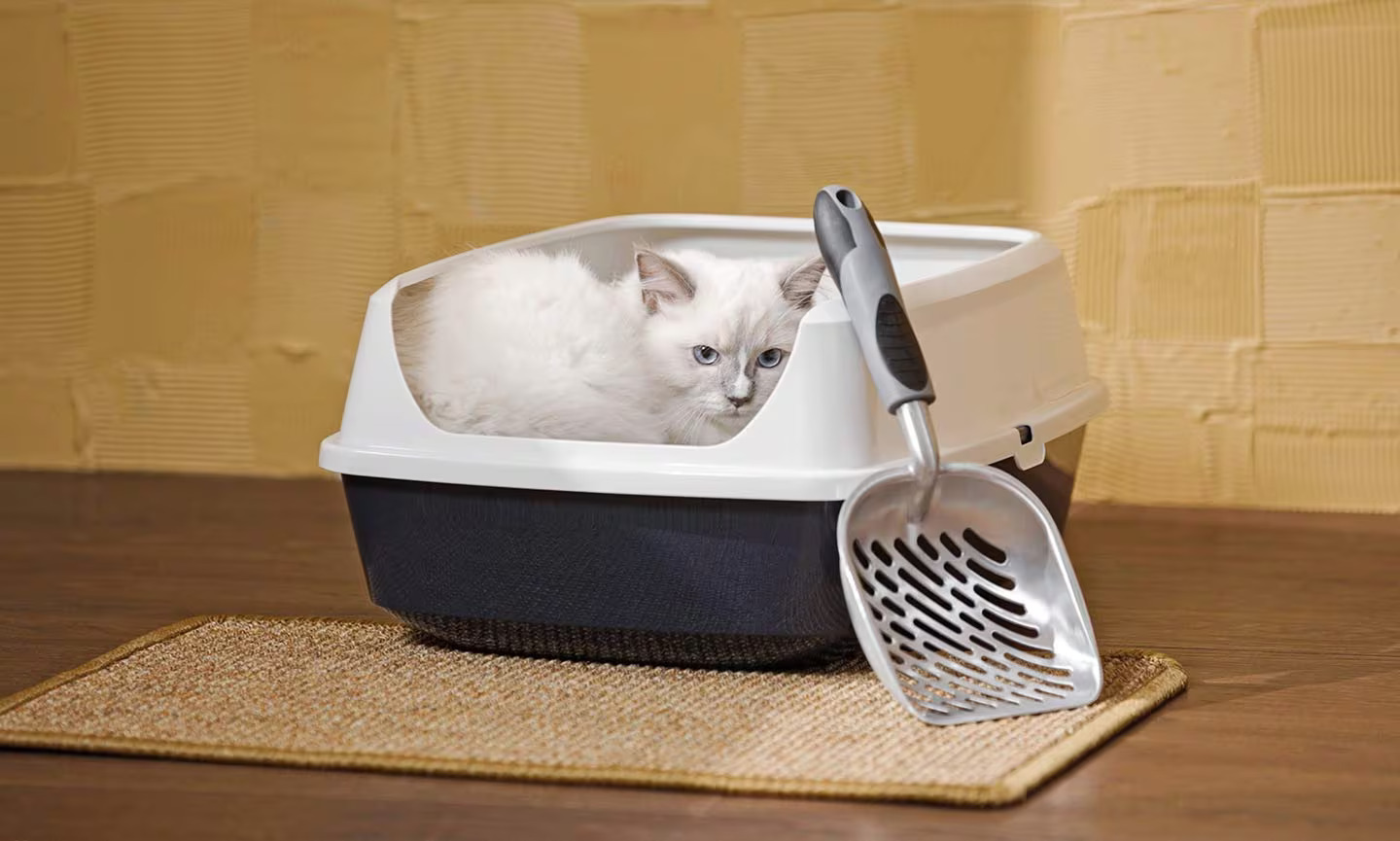
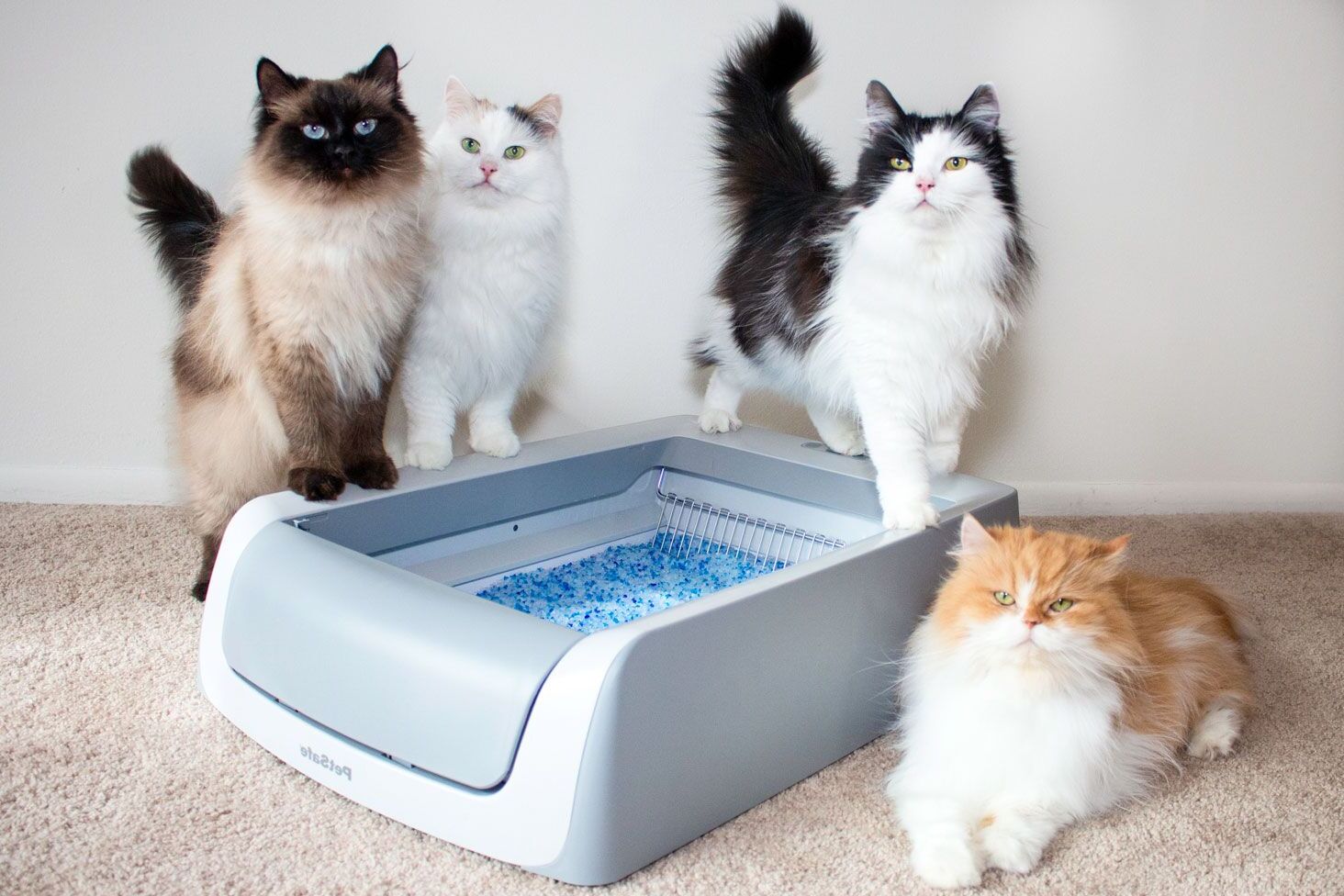
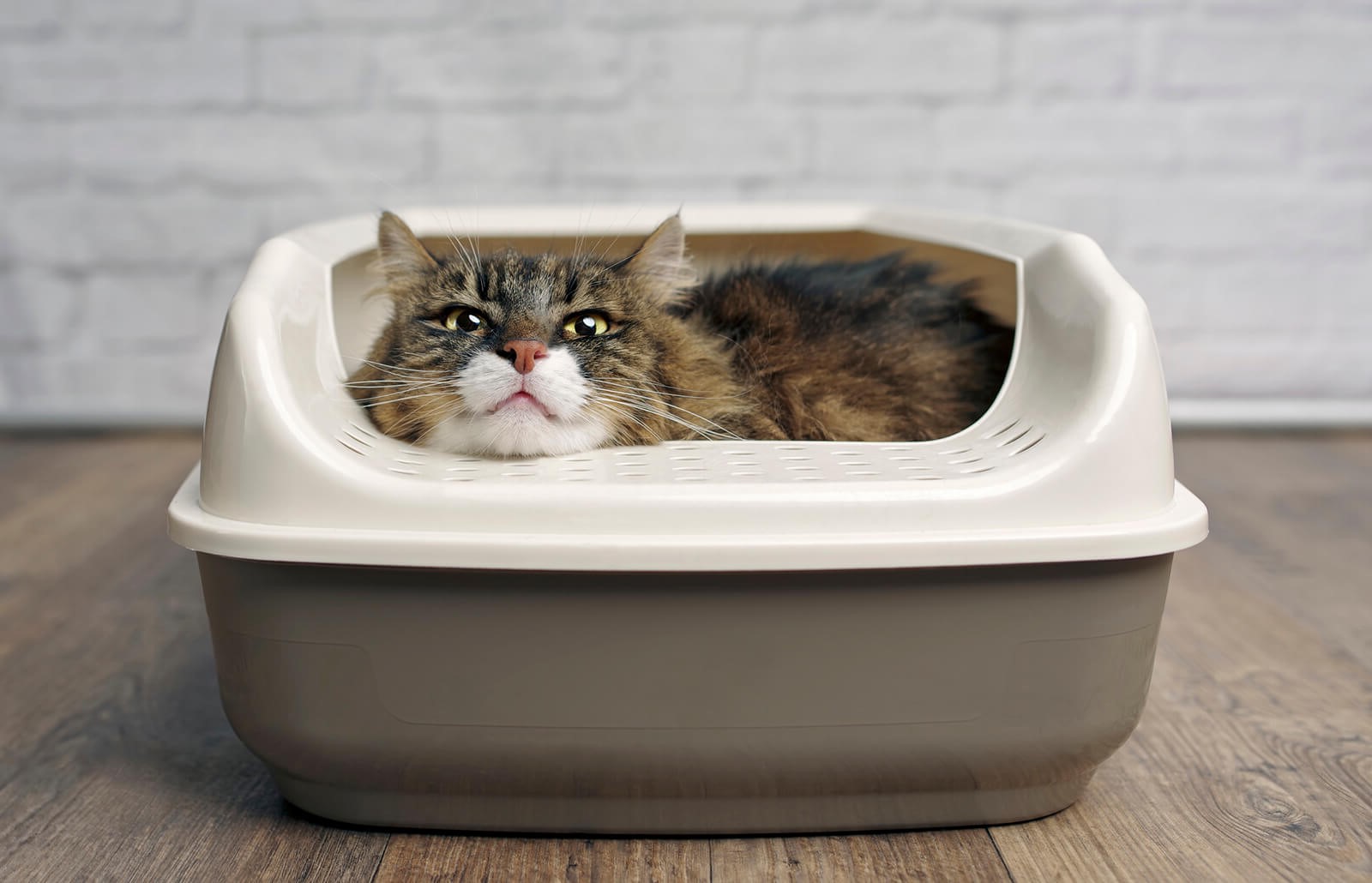

0 thoughts on “What Is A Cat Litter Box”